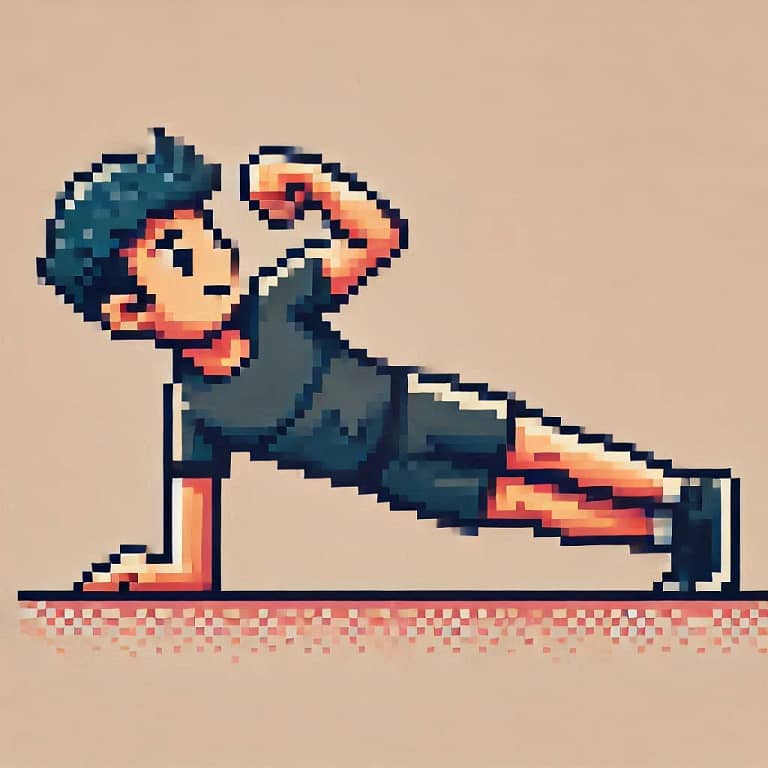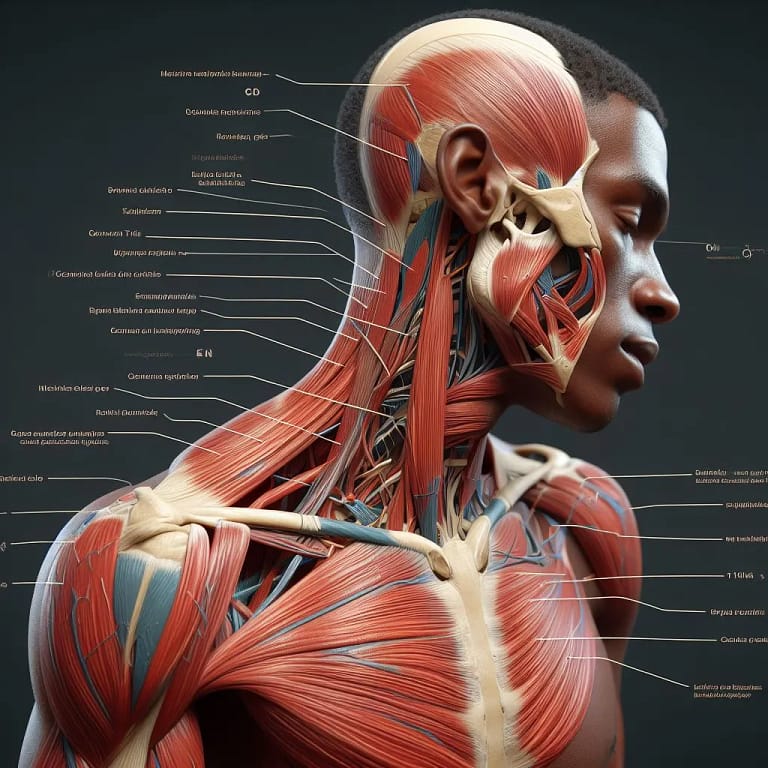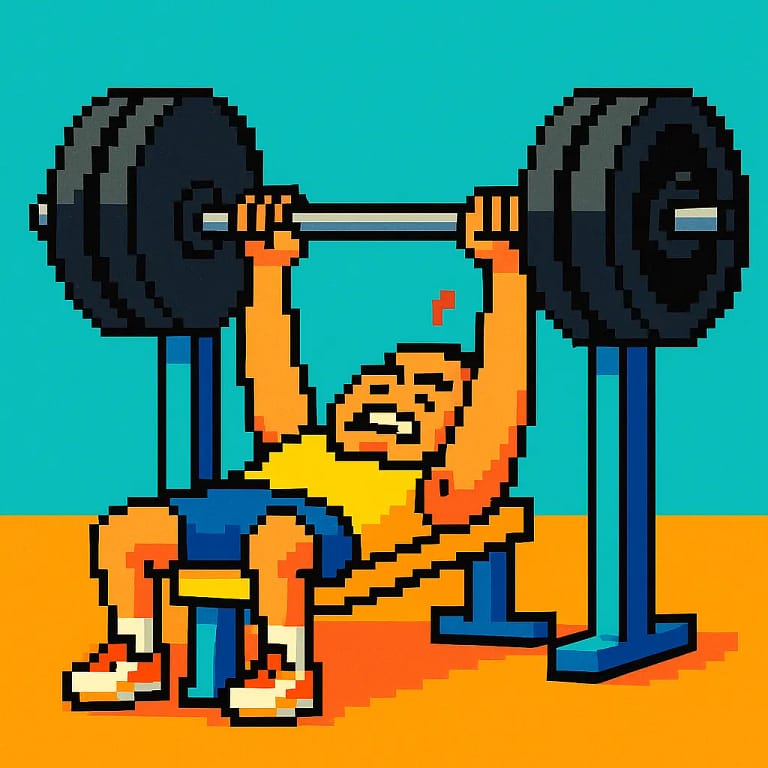3 Keys to a Pain Free Neck
How to implement key elements to ensure your neck stays safe and strong!
If you are experiencing chronic headaches or neck pain, it is a good idea to consult a physician.
Neck pain is a common complaint that affects people of all ages and lifestyles. It has been quite a while for me since I have had neck pain. But I remember it well.
I couldn’t go more than a day without having to really dig in and massage my trap and neck muscles. I couldn’t turn my head when playing soccer or when driving a car. This was a problem.
I was getting pain down my arm and sometimes my arm would go to sleep if I left it over my head when lying down for too long. On top of this, I would get pain in the sides of my head. I’m assuming these were headaches. I had to do something.
May training may have contributed to these problems. It consisted of overhead presses, dumbbell shrugs and bench presses. All of these movements contribute to the elevation and dysfunction of the shoulder blades and tightening of the neck muscles. This was a recipe for disaster.
I stopped training these exercises. The pain persisted. I saw a chiropractor. The pain persisted.
It wasn’t until I learned more about the muscles of the neck and upper back that I was able to address my pain and implement exercises to alleviate my neck pain.
By reversing my forward head posture, improving the flexibility of my scalenes muscles and improving my ability to protract, retract and depress my shoulder blades, I was able to make neck pain a thing of the past.
If you have been dealing with chronic neck pain and headaches, try to implement these 3 keys into your weekly routine and you too may enjoy lasting neck pain relief!
Reverse Forward Neck Posture
Forward head posture is a misalignment of the neck where the head juts out past the shoulders. This can be caused by daily habits like sitting in front of a computer or working at a desk. Because the neck flexors in the front of the neck get short, the head is pulled forward.
Fortunately, forward head posture can be improved rather quickly with proper training. You can use standing chin tucks to get you more aware of keeping your head back, but my advice is to train neck extension. You can use the light resistance of your hands, a plate or even a band.
Neck Extension
We are going to work in reverse of the forward head posture and train the muscles to pull the neck back. This can be done simply by standing and placing the hands behind your head and pressing your head back against the resistance. The range of motion is very slight. Simply push your head back and tuck your chin against the resistance.
We can take this a step further by lying flat on a bench and adding a little resistance by holding a small plate.
Try to use small resistance so that you can accumulate 15 reps per set to improve blood flow. You can also use a band for resistance.
Improve Neck Flexibility
To improve neck flexibility and range of motion, we need to address the tight scalenes muscles. The scalenes are made up of anterior, middle and posterior scalenes.
The scalenes muscles originate from the cervical vertebrae and connect to the first and second ribs. They elevate the ribs during inhalation. They run very close to the nerves that run through the head and when the scalenes muscles are tight, they can give you referred pain to your head, and numbness and tingling down your arms and hands. Referred pain is pain that is felt elsewhere in the body despite the cause being in another spot.
Scalenes Stretch
Place your arm behind you and gently lean your head to the opposite side. You should feel a slight stretch in the scalenes muscles. Make sure you are careful with this stretch because these muscles tend to get short and tight.
This stretch may help reduce incidence of tension headaches.
First Rib Mobilization
We also want to work on moving the first rib back down where it belongs. Place a PVC pipe up against a wall perpendicular to it. Lie down and place the edge of the PVC pipe into your trapezius muscle just to the right or left of your neck.
Gently back into the PVC pipe until there is a little downward pressure on your trap. Now, reach your arm up over your head slowly. You may feel a bit of pain as the first rib tries to elevate when you reach your arm overhead. However, the PVC pipe, if placed correctly, will keep the first rib in place. Perform 5-10 slow repetitions and breathe deeply. You may need to stop your arm halfway and come back to the start position and try to go a little higher each time.
This movement can be painful, but it is so effective. Check your reflection in the mirror once you have done one side. Don’t be surprised if one of your shoulders drops lower than the other. Make sure to even that out!
Scapular Retraction and Protraction
When concerning trapezius training, most people focus only on dumbbell shrugs. But this is a major problem because the trap muscles are not only meant to elevate the shoulder blades, but they are necessary for retraction and protraction as well. If you are not training these movements, the upper traps become dominant and the shoulder blades can’t function properly.
Reverse Grip Band Pull Apart
If you have a band available you can perform pull aparts for a lot of repetitions. Keep pumping out reps until you feel a pump in the muscles between your shoulder blades. Every rep you should focus on pinching your shoulder blades together. For some this is just a warm up exercise, but it is a great way to develop a mind muscle connection with your trap muscles in terms of scapular retraction and protraction.
Simply training your shoulders to pull back as you retract will take pressure off of your neck.
Conclusion
To achieve a pain free neck, you need to reverse forward head posture, improve the flexibility of the scalenes muscles, and improve the movement of your shoulder blades by strengthening your lower trapezius muscles. If you keep these 3 keys in mind, you will have a strong, mobile and pain free neck!

Below is a training plan to be performed 1-2 times per week. These exercises are great as a warmup for an upper body workout.
Key Takeaways
References:
- Barrett MD, McLoughlin TF, Gallagher KR, Gatherer D, Parratt MT, Perera JR, Briggs TW. Effectiveness of a tailored neck training program on neck strength, movement, and fatigue in under-19 male rugby players: a randomized controlled pilot study. Open Access J Sports Med. 2015 May 5;6:137-47.
- Bordoni B, Varacallo M. Anatomy, Head and Neck, Scalenus Muscle. [Updated 2023 Apr 10]. In: StatPearls [Internet]. Treasure Island (FL): StatPearls Publishing; 2024 Jan
- Collins CL, Fletcher EN, Fields SK, Kluchurosky L, Rohrkemper MK, Comstock RD, Cantu RC. Neck strength: a protective factor reducing risk for concussion in high school sports. J Prim Prev. 2014 Oct;35(5):309-19.
- Garrett JM, Mastrorocco M, Peek K, van den Hoek DJ, McGuckian TB. The Relationship Between Neck Strength and Sports-Related Concussion in Team Sports: A Systematic Review With Meta-analysis. J Orthop Sports Phys Ther. 2023 Oct;53(10):585–593.
- Rotto T, Kraus E, Fredericson M. A NECK STRENGTH TRAINING PROTOCOL IN HIGH SCHOOL FOOTBALL PLAYERS FOR CONCUSSION RISK REDUCTION. Orthop J Sports Med. 2020 Apr 30;8(4 suppl3):2325967120S00165.
- Silverman S, Vidt ME, Hong JS, Grafton LM. Risk Reduction of Concussion in Athletes: Do Neck Size or Neck Strength Make a Difference? Am J Phys Med Rehabil. 2024 Jul 1;103(7):659-664.
- Ylinen J, Nikander R, Nykänen M, Kautiainen H, Häkkinen A. Effect of neck exercises on cervicogenic headache: a randomized controlled trial. J Rehabil Med. 2010 Apr;42(4):344-9.






